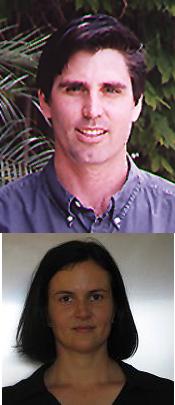 Scientists at Stanford University are looking at a way to connect North America’s wind farms, making wind power less intermittent than its source.
Scientists at Stanford University are looking at a way to connect North America’s wind farms, making wind power less intermittent than its source.
This entry on the ZDNet blogs says they’re trying to find a way to literally connect the dots you see on the map (wind speeds at 80 meters in the year 2000) on the right:
This research about connecting wind farms has been led by Mark Jacobson, a professor of civil and environmental engineering, and Cristina Archer, a consulting assistant professor at Stanford.
 Besides providing a steady production of electricity, connecting wind farms would present other cost benefits by “reducing the total distance that all the power has to travel from the multiple points of origin to the destination point” and by combining all the power on a single transmission line.
Besides providing a steady production of electricity, connecting wind farms would present other cost benefits by “reducing the total distance that all the power has to travel from the multiple points of origin to the destination point” and by combining all the power on a single transmission line.
Here is Archer’s somewhat optimistic conclusion. “Archer said that if the United States and other countries each started to organize the siting and interconnection of new wind farms based on a master plan, the power supply could be smoothed out and transmission requirements could be reduced, decreasing the cost of wind energy. This could result in the large-scale market penetration of wind energy — already the most inexpensive clean renewable electric power source — which could contribute significantly to an eventual solution to global warming, as well as reducing deaths from urban air pollution.”
Their findings are soon going to be published by the American Meteorological Society’s Journal of Applied Meteorology and Climatology.

